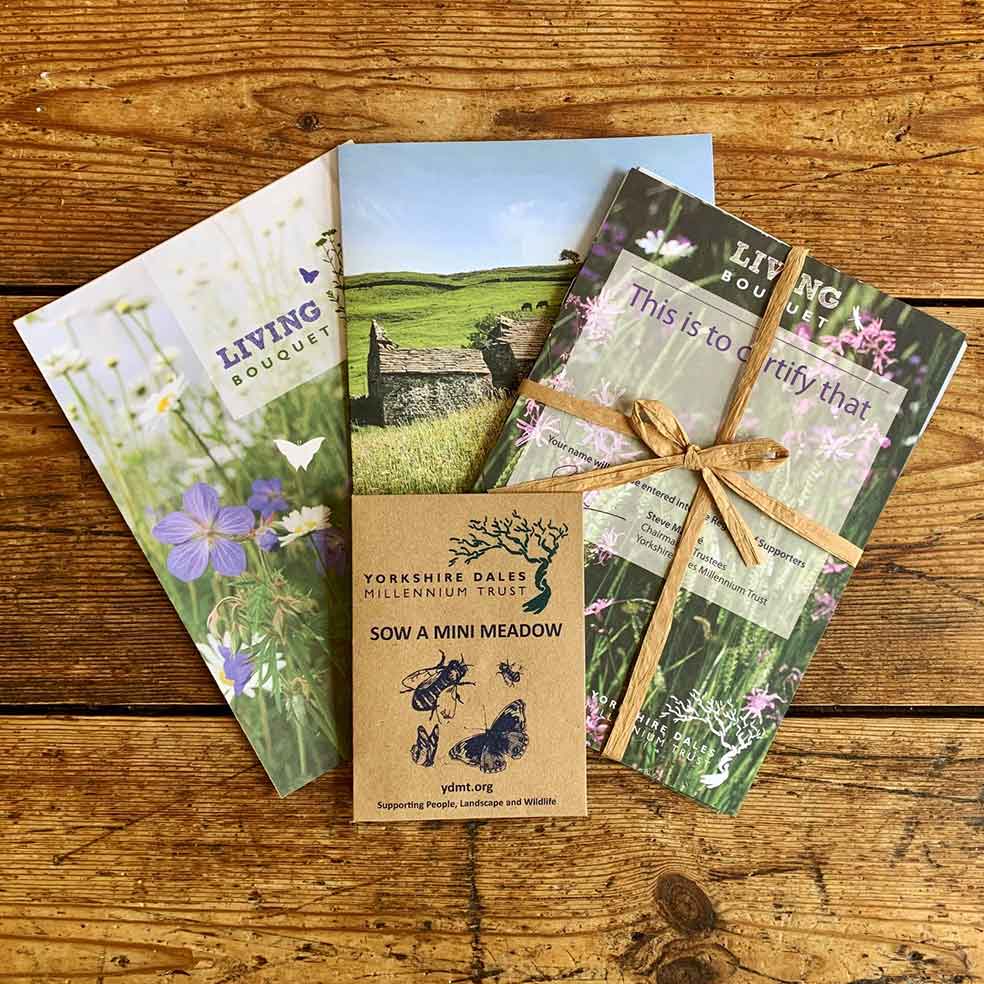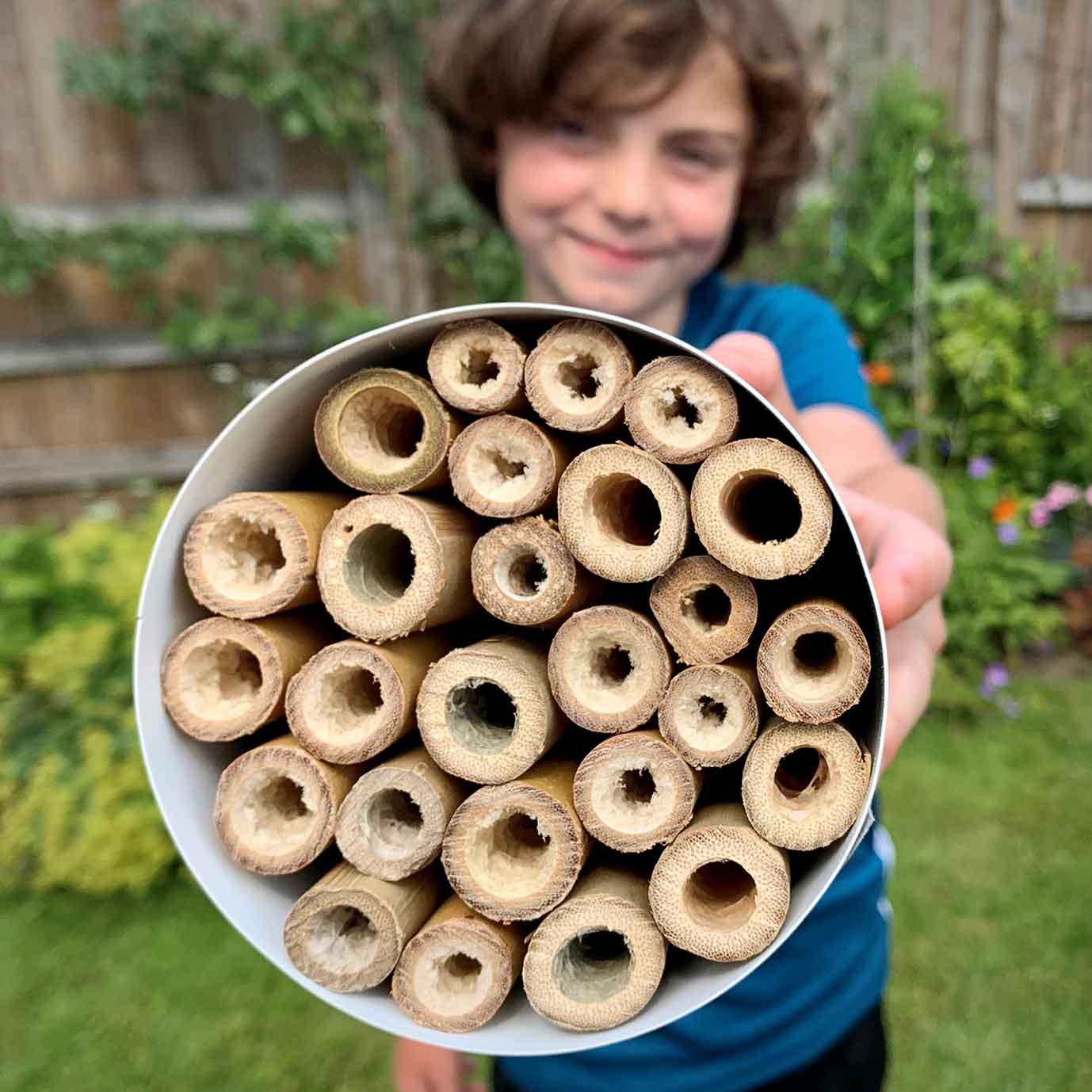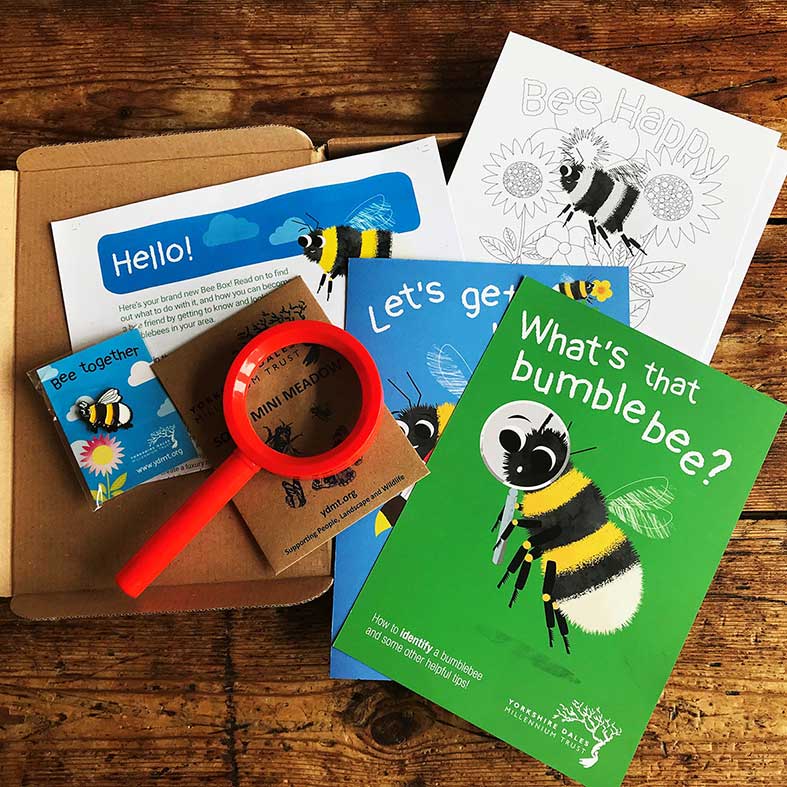Wildflower meadows - Forest of Bowland
The Forest of Bowland Area of Outstanding Natural Beauty (AONB), to the west of the Yorkshire Dales National Park, is home to a significant number of the UK’s few remaining upland wildflower meadows.
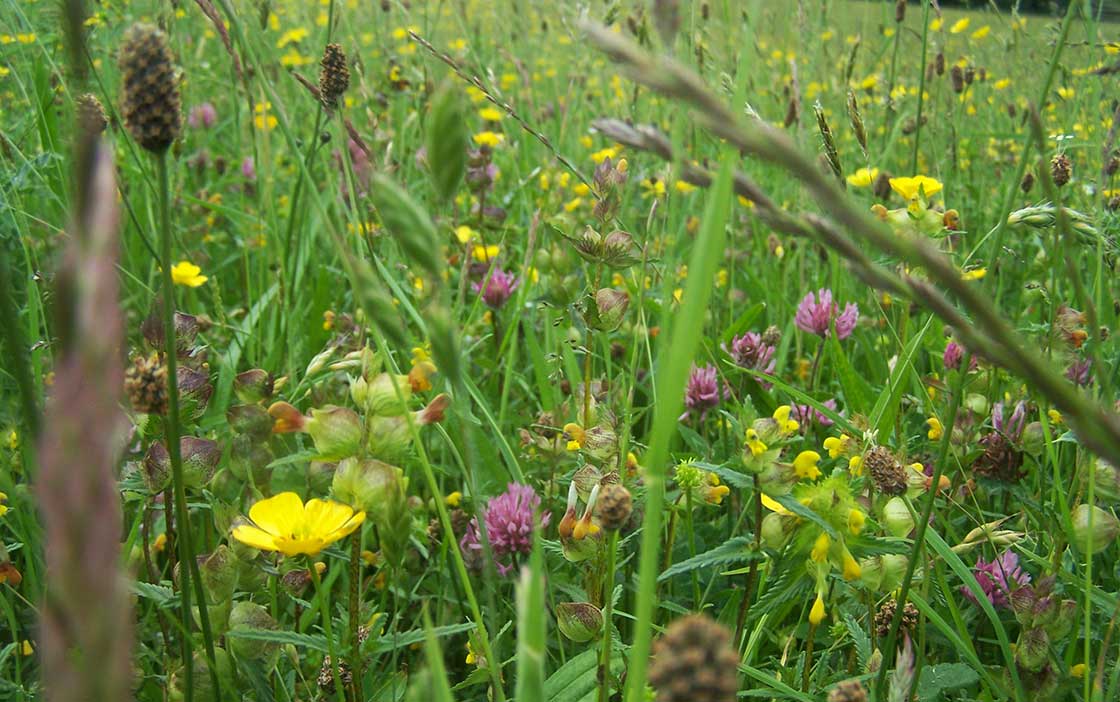
Meadow restoration in the Forest of Bowland
YDMT and the Forest of Bowland AONB launched the Bowland Hay Time project in May 2012 and work continues today to restore and improve the quality of meadow sites here – providing new homes for bees, butterflies and other wildlife and helping to safeguard some of our most scarce native wildflowers.
As well as field-scale meadow restoration, we work closely with community groups in the Forest of Bowland, teaching them how to collect seed and grow plug plants to create and care for their own wildflower sites for pollinators. We work with volunteers to plant thousands of plug plants and distribute hundreds of kilos of hay meadow seed. Over the years the team has also worked with the Millennium Seed Bank at Kew Gardens as well as helping to re-establish rarer plant species, like globe flower, back into places where they have been lost.
Bowland’s magnificent meadows
“Meadows in the Forest of Bowland support countless species of invertebrates including bumblebees, solitary bees, butterflies, and spiders, with some species being mutually dependant such as globe flower and the Chiastocheta flies,” said Hay Time Bowland Project Officer, Carol Edmondson.
“In turn, these invertebrates feed our native mammals and birds which rely on our diverse meadows, making them an internationally important habitat. In addition, studies now show that the deeper-rooted flowering meadow plants help slow the movement of water through the soil and sequester more carbon.”
The wildflower-rich Coronation Meadows at Bell Sykes Farm near Slaidburn are a Site of Special Scientific Interest (SSSI) – some of the last unimproved flower-rich grasslands in this part of Lancashire. These special meadows are home to iconic northern upland species including meadow crane’s-bill, globe flower and melancholy thistle along with a colourful mix of yellow rattle, eyebright, pignut, buttercups, clovers, vetches, knapweed, and our beautiful native orchids.
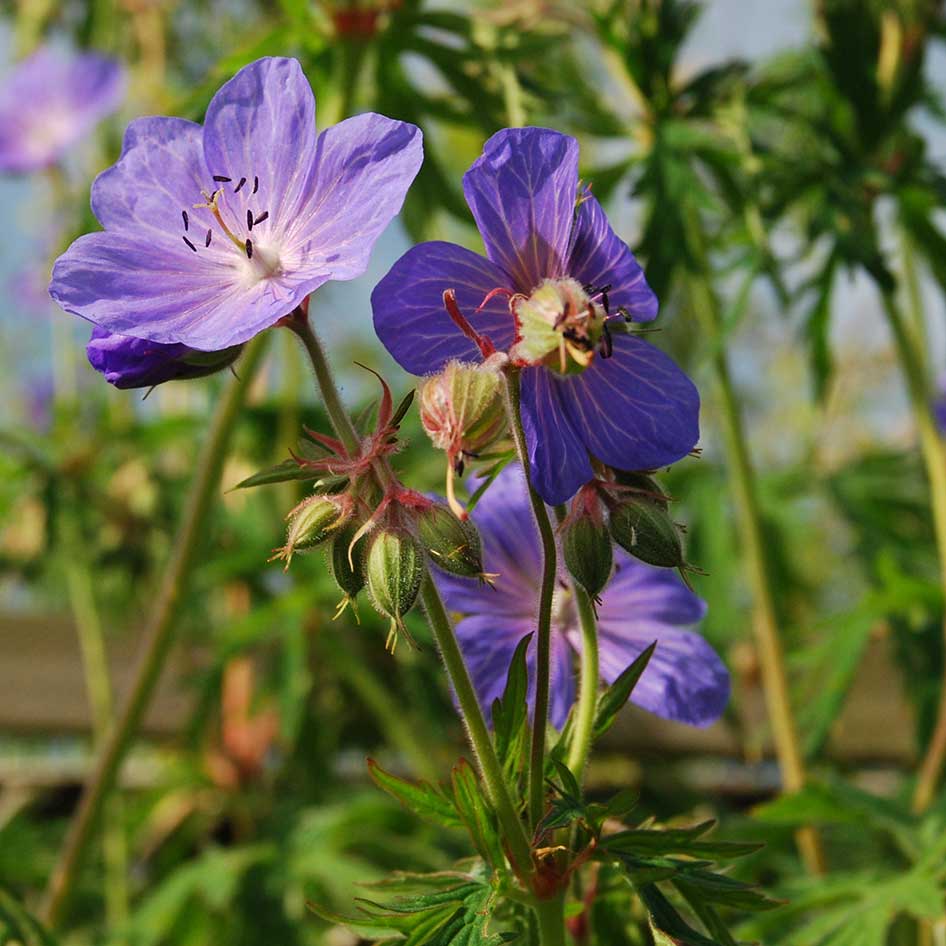 Meadow crane's-bill
Meadow crane's-bill
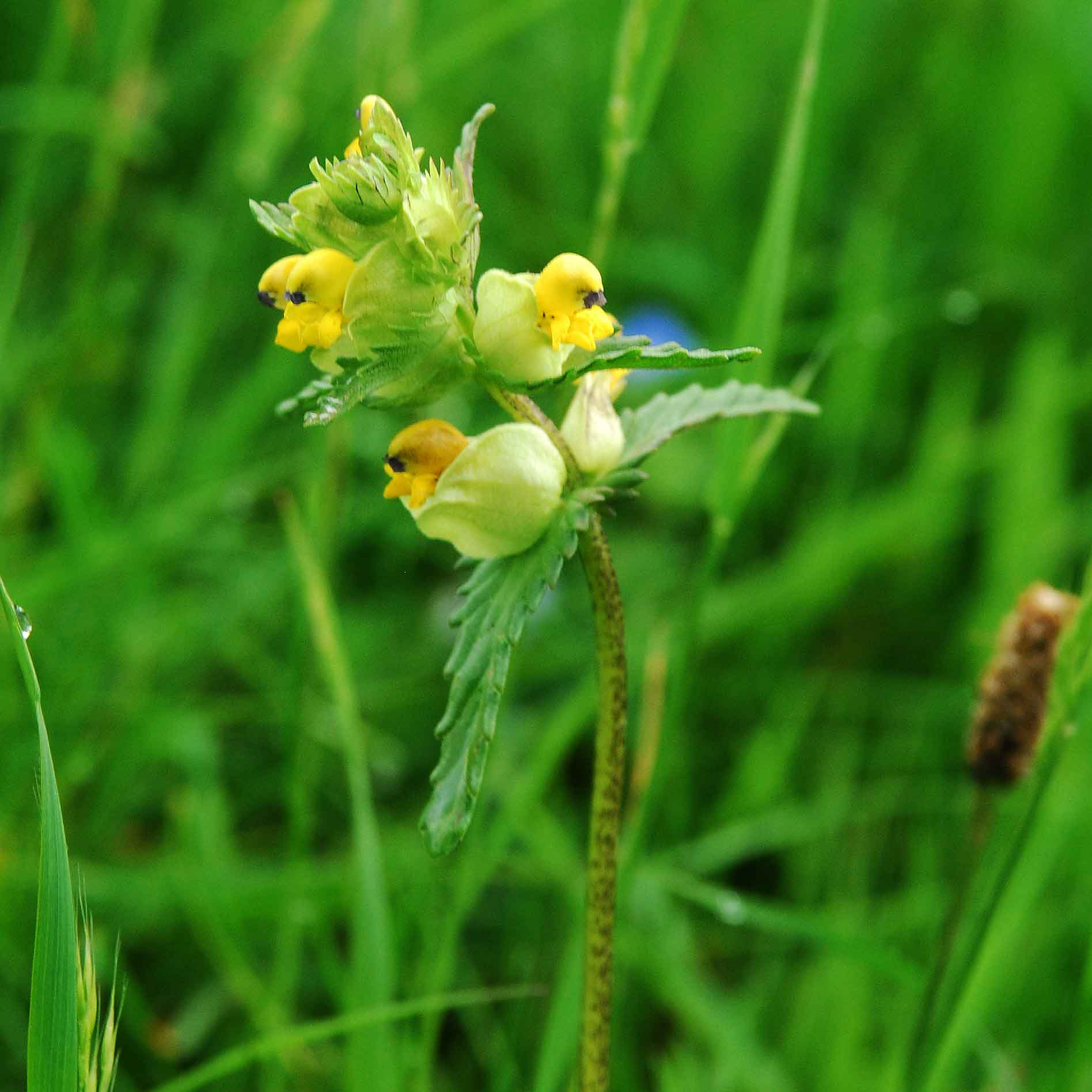 Yellow rattle
Yellow rattle
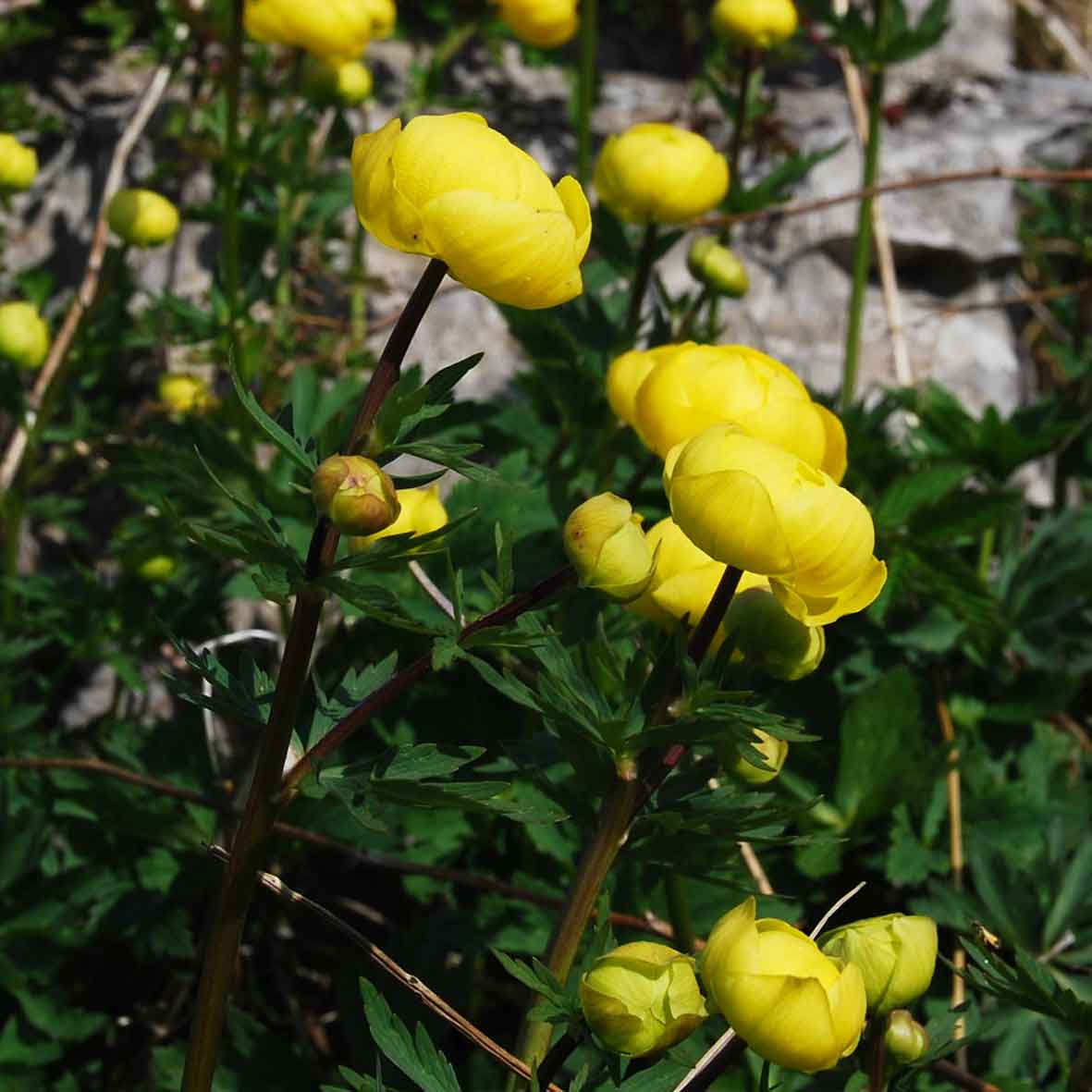 Globe flower
Globe flower
How meadow restoration works
Restoring the wide range of wildflowers to a degraded meadow can take several years. Farmers, with their intimate knowledge and experience of upland farming, play a central role.
A return to traditional, less intensive, management is only part of the story, and does not necessarily lead to an increase in a meadow’s botanical diversity. The scarce and fragmented nature of species-rich meadows means there is limited potential for seeds to migrate naturally.
So, meadow restoration also depends on adding seed harvested from carefully selected species-rich sites. Seed addition is an effective technique for grassland restoration and YDMT was one of the first organisations to do it on a landscape-scale.
Working closely with farmers, YDMT provide expertise, knowledge, and contacts to co-ordinate the complicated process of seed addition: identifying and matching suitable seed donor sites with receptor sites, co-ordinating trained contractors, specialised seed harvesting machinery, and volunteers, and ensuring appropriate site preparation, after-care and management. Find out how meadow restoration works.
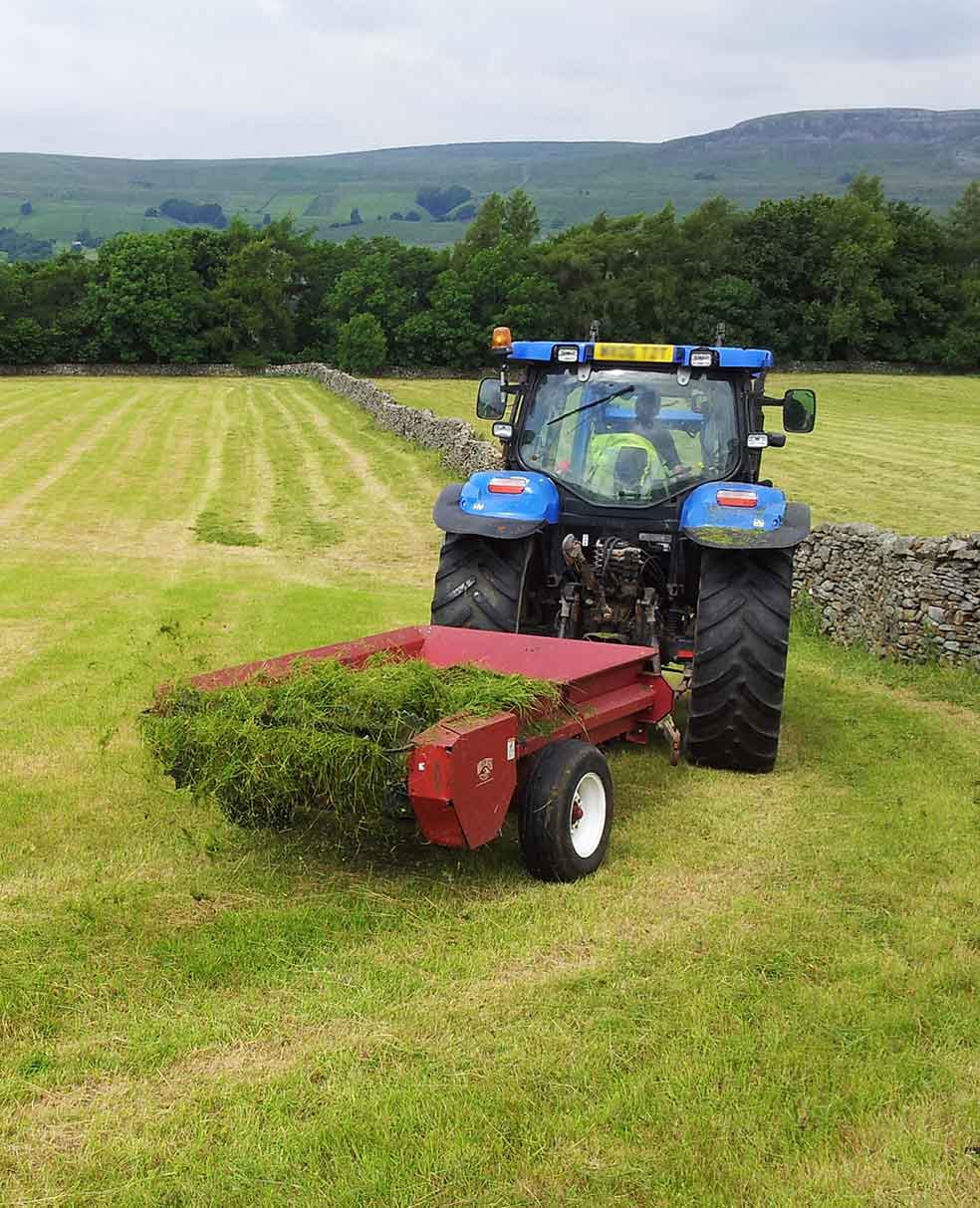
Help save our meadows
The loss of species-rich meadows and grasslands is unparalleled in the history of nature conservation in the UK. When Yorkshire Dales Millennium Trust first started restoring hay meadows in 2006, less than four square miles of species-rich hay meadow habitat remained in the whole of the UK.
Since then we've been working hard to conserve and restore hay meadows and protect the wildlife they support. Working alongside farmers and partners 750 hectares (that's almost 3 square miles!) of degraded meadows across the Yorkshire Dales and Forest of Bowland are now on the road to being restored. Our aim is to reach 850 hectares in the next three years, helping to bring this precious habitat back from the brink.
The support of local communities and people like you is critical to ensure the survival of our meadows. It is brilliant to see people coming together to champion our wildflower habitats and to take action to protect and restore them. Find out how you can be part of it...
Give a Living Bouquet wildflower gift for £25 and help restore wildflower meadows in the Yorkshire Dales, home to bumblebees, birds and butterflies.
Find out how to bring bees, pollinators and other wildlife into your garden, with our gardening guides and follow our videos to create your own wildflower meadow.
Inspire children to explore the magical world of bees. Our bee box is packed with everything you need to discover bees from magnifying glass to wildflower seeds.

